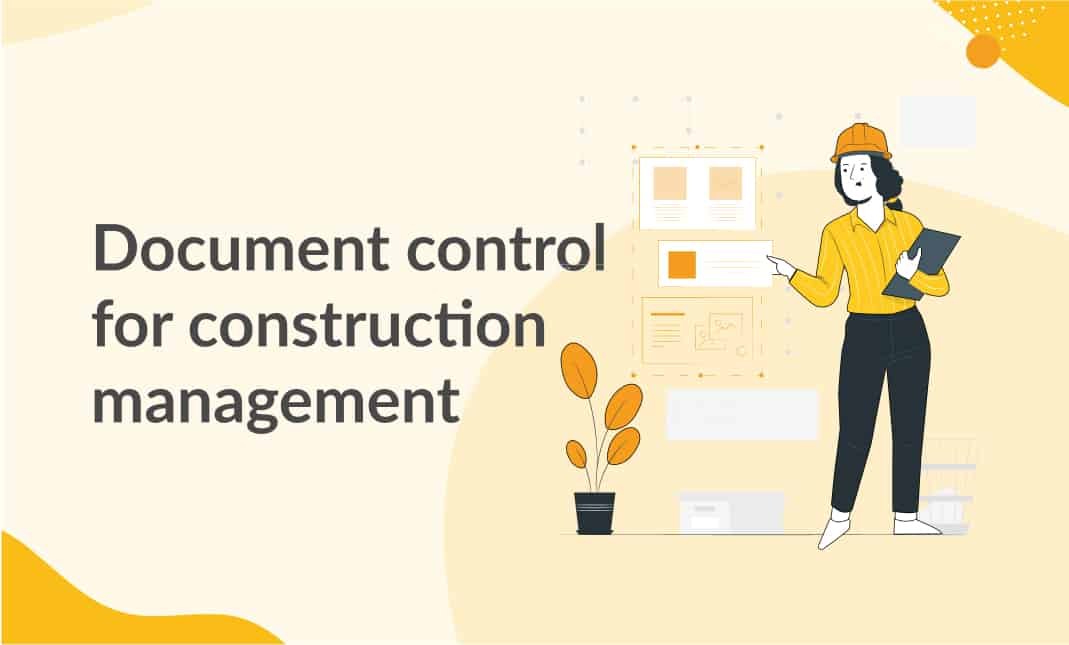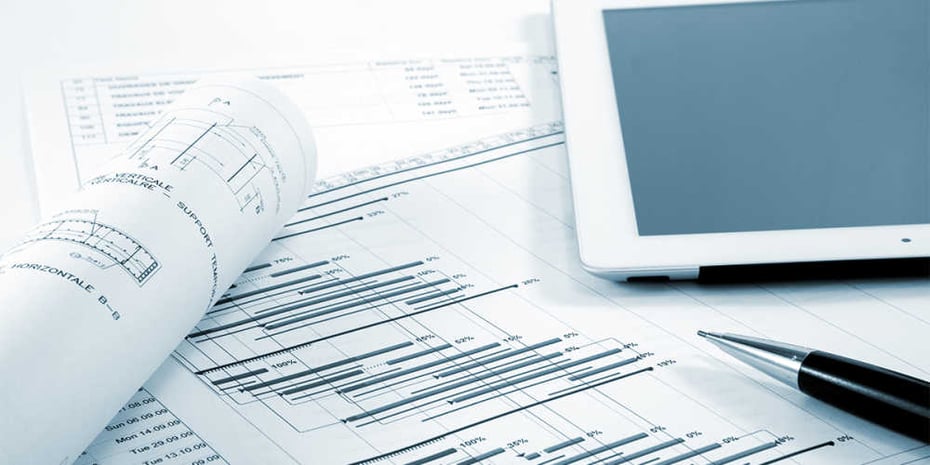Effective Construction Document Management Solutions for each Job
Effective Construction Document Management Solutions for each Job
Blog Article
Optimizing Job Collaboration: Engineer's Finest Practices in Construction Document Monitoring
In the elaborate realm of building tasks, the efficient management of building records stands as a cornerstone for success. Amidst this complexity lies a crucial question: how can designers enhance cooperation procedures to enhance job end results?
Leveraging Cloud-Based Systems
Leveraging cloud-based systems is a basic strategy for modern architects in enhancing building file administration processes. By transitioning from standard paper-based systems to shadow options, engineers can enhance cooperation, boost record access, and boost total job effectiveness. Cloud-based platforms offer designers the ability to store, share, and upgrade building and construction records in real-time, making sure that all staff member have access to one of the most existing details despite their location. This accessibility advertises seamless communication and coordination among project stakeholders, resulting in fewer mistakes and hold-ups in the building and construction process.
Additionally, cloud-based platforms supply a protected setting for saving sensitive task info, providing encryption, normal backups, and customer consent settings to protect data honesty. Architects can likewise benefit from the scalability of cloud services, permitting them to adjust storage ability and functionality based on task requirements. On the whole, leveraging cloud-based platforms equips engineers to enhance their construction paper monitoring processes, driving higher cooperation, efficiency, and success in their tasks.
Executing Variation Control Systems
Having actually developed the benefits of cloud-based platforms in building and construction record management, designers can currently enhance their record control processes by executing Variation Control Solution. Variation Control Equipment (VCS) are necessary devices that track changes in files, making sure that staff member are constantly working with the most current and most exact details. By applying VCS, architects can preserve a central database where all task documents are stored, allowing smooth cooperation while reducing the danger of errors and version problems.
One trick benefit of Variation Control Equipment is the ability to track the total background of record adjustments, permitting individuals to return to previous variations if needed (construction document management). This feature is particularly valuable in construction projects where style versions and adjustments are common. VCS facilitates far better interaction among team participants by supplying a clear audit path of who made specific adjustments and when they were made. This openness not only boosts accountability yet additionally assists in settling disagreements or inconsistencies that may emerge throughout the job lifecycle.
Developing Communication Procedures
To guarantee effective and effective project control, designers should develop clear and robust communication methods within their construction paper administration processes. This platform might be a task administration software program, email threads, or cloud-based storage space solutions.
Additionally, interaction methods must also include standards on just how to handle conflicts, change orders, and immediate problems that might occur during the job lifecycle. Developing a structured approach to communication makes certain that all stakeholders get on the very same page, advertises openness, and ultimately contributes to the successful completion of the construction project.
Making Use Of BIM Software Application for Sychronisation
BIM software application plays an essential function in enhancing control amongst job staff member in the construction industry. Structure Information Modeling (BIM) promotes partnership by supplying a centralized platform where engineers, designers, specialists, and other stakeholders can interact in a coordinated way. With BIM software, project participants can access and update a common design that contains thorough information concerning the building style, construction elements, and job routines.

Additionally, BIM software makes it possible for real-time partnership and communication amongst employee, no matter of their physical place. Through cloud-based BIM systems, project stakeholders can access the most recent job information, track adjustments, and make notified decisions quickly. On the whole, leveraging BIM software application for coordination improves project performance, productivity, and inevitably results in effective task outcomes.
Ensuring Data Protection and Compliance
In the world of construction record management, guarding data stability and ensuring regulative conformity are critical factors to consider for architects and various other task stakeholders. Designers need to execute durable safety and security steps to shield Web Site sensitive job details from unauthorized gain access to or violations. Making use of safe cloud storage services with security methods and access controls can assist alleviate threats related to data burglary or loss. Regularly updating software and systems, carrying out safety audits, and giving staff training on data safety and security finest techniques are important action in maintaining a protected atmosphere for building paper monitoring.

Final Thought
To conclude, designers can optimize job collaboration in building document administration by leveraging cloud-based platforms, implementing version control systems, developing communication procedures, utilizing BIM software application for control, and guaranteeing information security and compliance. These best practices assist enhance the construction procedure, improve interaction amongst project stakeholders, and improve performance in task delivery. By complying with these guidelines, engineers can efficiently take care of building and construction documents and assist in effective task outcomes.
With BIM software application, task individuals can access and find more info upgrade a shared model that consists of thorough information about the building style, building and construction parts, and project schedules.
With cloud-based BIM systems, job stakeholders can access the most recent task details, track adjustments, and make educated choices quickly - construction document management. Generally, leveraging BIM software program for control boosts task performance, performance, and inevitably leads to effective task link end results
In conclusion, architects can optimize project partnership in construction file management by leveraging cloud-based systems, implementing variation control systems, developing communication procedures, utilizing BIM software program for coordination, and guaranteeing data security and conformity. These ideal methods help streamline the building and construction procedure, enhance interaction amongst project stakeholders, and boost effectiveness in project delivery.
Report this page